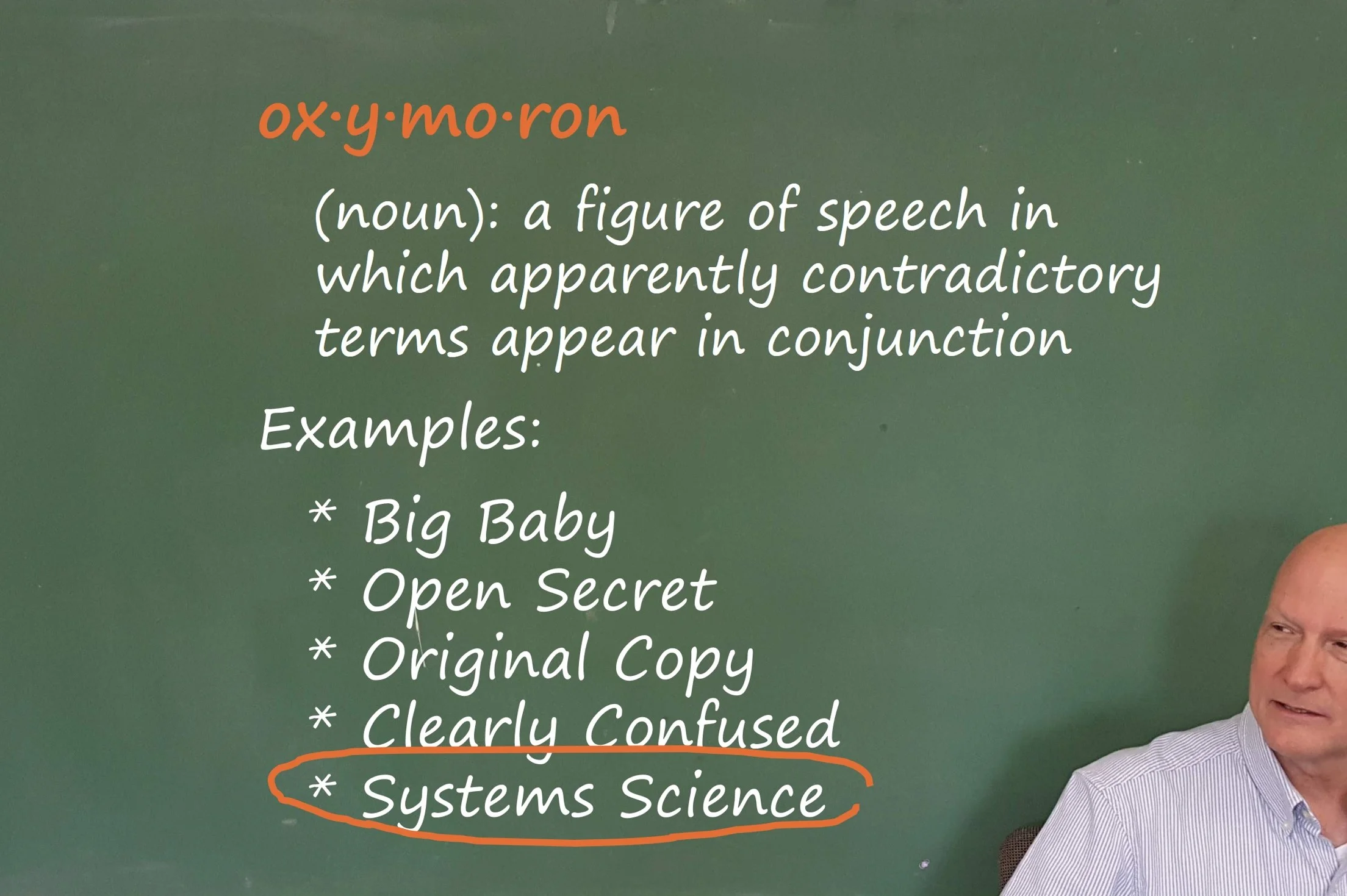Back in the mid-60's Gordon Moore , a co-founder of Intel, predicted that number of transistors on an integrated circuit will double approximately every two years. This become the infamous Moore's Law. And the electronics industry has strived to maintain this law. Of course this is great for electronic consumers -- they can buy more computational power with every upgrade of computer, laptop, cell phone and game console. But the down side is these same electronic consumers now own computers, laptops, cell phones and game consoles that will quickly become technically obsolesce.
How many of you can relate to this story: A few years back my cell phone was showing it's age so I wanted to get a replacement. And I wanted the same exact one -- I knew the functions, I knew how to work it. It was simple. It just made phone calls. I liked it. A lot. So I'm in the wireless phone store explaining this to the sales clerk who gently explained that my phone model is no longer being made and that I can't even get a similar one either because all phones now have camera functions and texting capabilities as well. So I was FORCED into upgrading to the latest whizzbang phone. Ugh!
IEEE Spectrum magazine has a wonderful article from their April 2008 issue, entitled "Trapped on Technology's Trailing Edge" and it outlines the "dark side of Moore's Law." Technology obsolescence. It's an issue that needs to be addressed "upfront and early" when it comes to developing a new system whose life expectancy is more then five years old. And if it has anything to do with the military then believe me when I tell you it'll be more then five years old. Because it takes more then five years just to design, develop, and test a system before it gets fielded.
So when designing a system keep these lessons in the forefront of your mind and address the obsolescence issue with the same dedication and fortitude as you do when you design to meet the customer requirements. If you don't it will bite you in the end.












